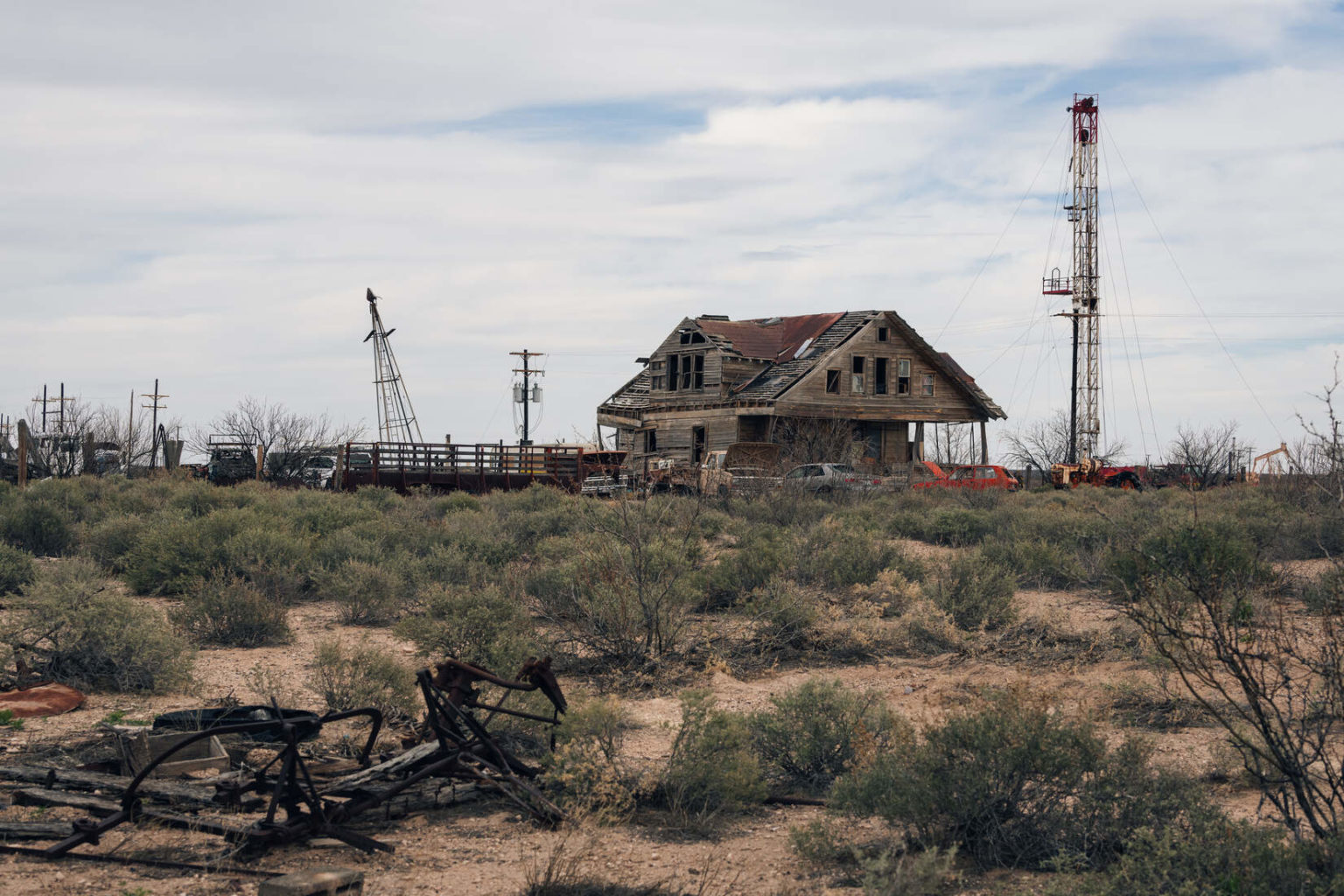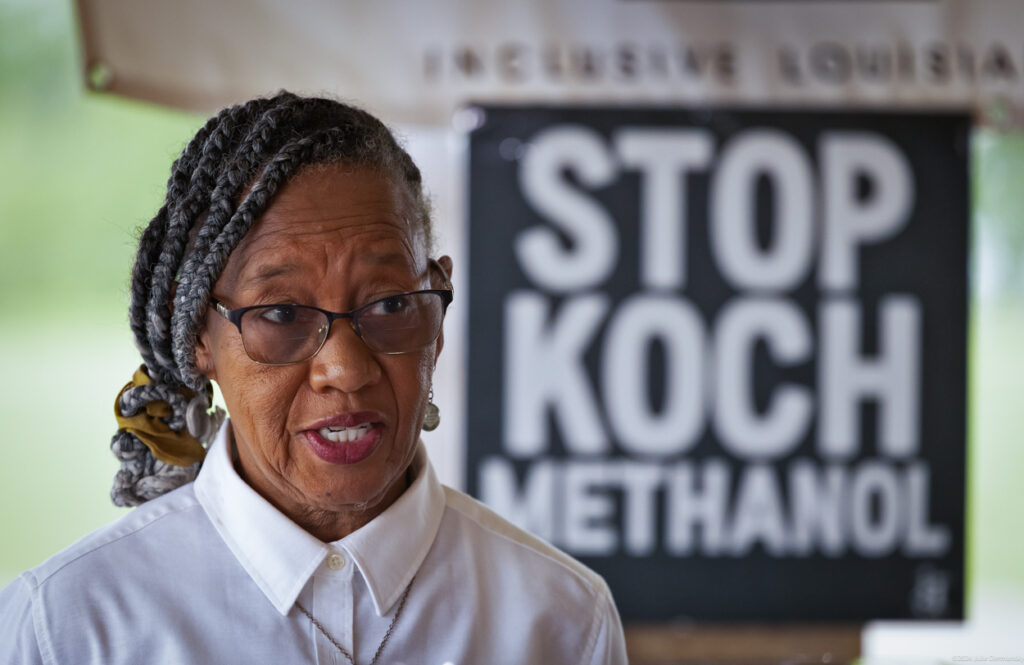It was just over a year ago that President Trump announced, “The golden era of American energy is now underway,” saying that his policies focused on exploiting oil, gas, and coal were “unleashing energy dominance.”
What a difference a year makes. On July 10, the Financial Times ran an article with a headline that asked, “Is the party finally over for U.S. oil and gas?” And there is no doubt that it has been quite a party for the last decade. At least, for the fracking executives who have enriched themselves while losing hundreds of billions of dollars investors gave them to produce oil and gas. Meanwhile, profits never materialized.
Lately, prospects for the broader fossil fuel industry look more like lead than gold.
Paradoxically, the #oilandgas production boom was not met by a financial boom. Over the past 5 years, the sector has been a financial bust says IEEFA‘s @kathy_hipple. #IEEFA2020 pic.twitter.com/Ma8hRmFRAQ
— IEEFA.org (@ieefa_institute) July 16, 2020
For starters, the oil and gas industry in America is facing an era of losses, bankruptcies, canceled projects, and declining demand. It is highly likely that history will show that this point in time was the beginning of the golden era of renewable energy and the decline of the fossil fuel industry.
“For the first time ever, global investment in renewables is outstripping investment in O&G. The stage looks set for a much more rapid transition than was until recently thought, comparable in speed & reach with the IT revolution of the past two decades”. https://t.co/2K8SXZeciY
— Mark Campanale (@CampanaleMark) July 15, 2020
Fracked Shale Oil and Gas Industry Failing
President Trump’s 2016 campaign was backed heavily by the oil and gas industry, with strong support from fracking CEOs like Continental Resources’ Harold Hamm. The story of record American oil production due to fracking was even being touted by President Obama, who rightfully took credit for the fracking boom that occurred on his watch. That’s despite President Trump recently taking credit for it as well.
Trump on a recent close poll in TX: “I’m not one point up in Texas. We’re many points up. I saved the oil industry, two months ago I saved the oil industry. They would have been — I created it. We became No. 1. We have millions of jobs, and we saved it.“ pic.twitter.com/uGnWBPvJ5P
— Jasper Scherer (@jaspscherer) July 13, 2020
But as we have documented over the last two years at DeSmog, the fracked oil industry has been a financial failure for more than the past decade. The industry produced record amounts of oil and gas but lost huge sums of money in the process. And now even industry leaders are admitting the U.S. oil industry has already peaked, a little more than a year after President Trump declared the beginning of the “golden era.”
In extensively detailing the failures of the shale oil and gas industry, The New York Times recently noted, “The industry’s decline may be just beginning.” It cites industry analysts’ predictions that as many as 250 oil and gas companies could file for bankruptcy by the end of 2021.
The U.S. fracking boom gave President Trump and many others the confidence to talk about unleashing America’s energy dominance. Yet today, the industry is a financial disaster, and even its leaders are admitting its best days are behind it.
Chesapeake Energy joins more than 200 other bankrupt U.S. shale producers. https://t.co/F2dcACxDEU#Chesapeake $CHK #US #shale #oil #gas #bankrupt #oilandgas #oilandgasnews
— World Oil Online (@WorldOil) June 29, 2020
Declining Demand for ‘Freedom Gas’
Weeks after President Trump’s “golden era” statement, the U.S. Department of Energy put out a now-famous press release touting the future of U.S. liquefied natural gas (LNG) exports and referring to LNG as “freedom gas” and “molecules of U.S. freedom.”
America is awash in natural gas from the fracking boom. That includes the gas that shale drillers intentionally sought out, as well as the large amounts of “associated gas” that comes from fracked oil wells. Due to this oversupply, at times the price for natural gas in the Permian region of Texas has gone negative.
With so much cheap natural gas in America, the industry has been racing to build out hugely expensive LNG export terminals and the supporting infrastructure needed to export this gas to the world. However, as DeSmog reported in May, the U.S. is just one of many countries flushing the global market with LNG, and the economics here no longer pencil out.
This year, global buyers are canceling orders for U.S. LNG, leading natural gas producers in America to seek out storage for the gas they can’t sell. And now the U.S. natural gas market is facing a storage crisis just like the one that ended up driving U.S. oil prices negative in April. According to The Wall Street Journal, Goldman Sachs recently told its clients that the U.S. could run out of gas storage capacity by October.
A new report from Global Energy Monitor is warning of a “gas bubble.” The industry is certainly facing long-term troubles. The Wall Street Journal recently summed up the U.S. gas problem: “There is simply too much of it.”
EIA: U.S. Henry Hub natural gas spot prices reached record lows in the first half of 2020 https://t.co/1m4KHt7efz
— Clark Williams-Derry (@ClarkWDerry) July 13, 2020
New Pipelines Face Increasing Challenges
New pipelines to move oil and gas were part of the rush to take advantage of the expected golden era of energy in America. However, oil and gas industry finances, combined with ongoing legal challenges from activists, mean the pipeline industry has also taken some serious blows recently.
The news for U.S. pipeline comparies was so bad in early July that The New York Times asked, “Is This the End of New Pipelines?”
On July 5, Duke Energy and Dominion Energy — the two firms behind the proposed $8 billion Atlantic Coast pipeline that would have brought fracked gas from West Virginia to North Carolina and Virginia — announced they were canceling the project. The companies cited ongoing legal challenges from activists who have opposed the pipeline for the past six years as the reason for the decision.
However, Dominion Energy has since sold its pipeline business to Warren Buffett’s Berkshire Hathaway and is planning major investments in renewable energy. These moves indicate that the cancelation might have also been a financial decision and not one driven solely by opposition from activists.
In early July, a federal judge also ordered the shutdown of the Dakota Access pipeline (DAPL) until the U.S. Army of Corps of Engineers conducts a comprehensive environmental review for the pipeline’s impacts. But the U.S. Appeals Court since ruled on July 14 that the pipeline can operate until the legal issues are resolved. DAPL is owned by Energy Transfer, whose CEO, Kelcey Warren, recently held a fundraiser for President Trump.
The Keystone XL pipeline also lost another legal battle that will further delay its potential completion, in a situation that has broader implications for the pipeline industry. In May, the state of New York rejected the proposed Williams pipeline, which would have brought fracked gas from Pennsylvania to New York.
This certainly doesn’t look like a golden era for new oil and gas pipelines in the U.S., despite multiple efforts by President Trump to ease their construction.
President Trump is making major changes to a bedrock environmental law, aiming to speed up approval for projects like pipelines.
Critics say the move could discount those projects’ impact on climate change — and sideline the concerns of poor communities.https://t.co/5ELgL3XxRG
— NPR (@NPR) July 15, 2020
U.S. Coal Industry Declining Rapidly
In 2018 President Trump declared that “the coal industry is back.” In reality, the U.S. coal industry is trapped in a death spiral. Coal is in even worse shape than the oil and gas industries, leading to headlines such as, “Are We Witnessing the Death of Coal?”
Year-to-date U.S. coal production is down almost 27 percent compared to last year. Furthermore, government projections show that, for the first time, renewables are on track to power more of the U.S. than coal in 2020. With such a steep decline, the U.S. coal industry has experienced a wave of bankruptcies under Trump.
Perhaps the best indication of how poorly the U.S. coal industry is doing comes from utility companies which are choosing to close coal power plants, sometimes years ahead of schedule — and replace them with cheaper renewable energy sources.
Even outside of considering the climate impacts, the economics of using coal for electricity in the U.S. do not make sense going forward.
The End of an Era
Despite President Trump’s policies and ongoing rhetoric, the U.S. fossil fuel industries are in decline and serious financial trouble. At the same time, the costs for wind and solar power and energy storage have fallen dramatically, making them competitive with fossil fuels for power generation.
Perhaps the strongest indicator of the troubles facing the fossil fuel industries is the fact that this scenario has unfolded under perhaps the most fossil fuel-friendly president in history. The U.S. Environmental Protection Agency is run by a former coal lobbyistrepeal environmental, health, and safety regulations to help the oil and gas industry — although the courts are blocking some of those efforts. The oil and gas industry continues to spend generously on advertising campaigns selling the false idea that natural gas is “clean energy” and a climate solution.
In a stinging blow to the Trump administration’s “energy dominance” agenda, a federal court decisively struck down the Interior Department’s latest attempt to rescind regulations on methane waste from oil and gas infrastructure on public and tribal lands. https://t.co/5zFB6NmsZp
— E&E News (@EENewsUpdates) July 16, 2020
The fossil fuel industries still retain significant power in U.S. politics, both nationally and in many energy-producing states, but even that power can no longer hide the painful economics facing these industries — no matter what President Trump says.
Main image: A drilling rig on a former ranch outside of Barstow, Texas, in the Permian Basin. Credit: Justin Hamel ©2020
Subscribe to our newsletter
Stay up to date with DeSmog news and alerts






